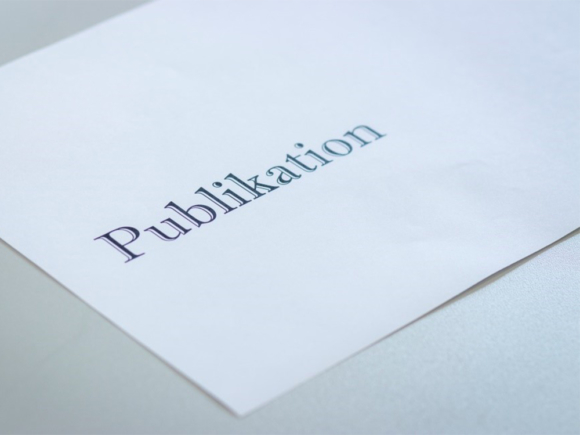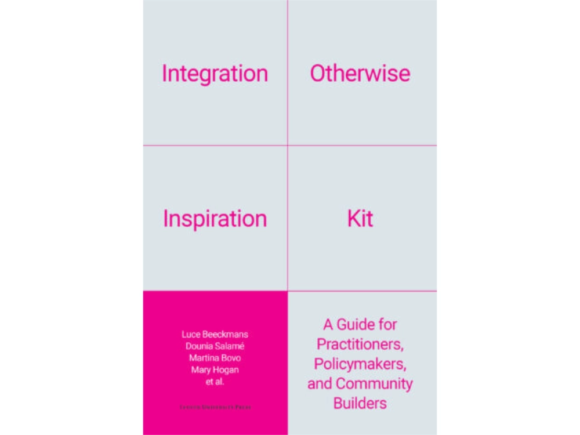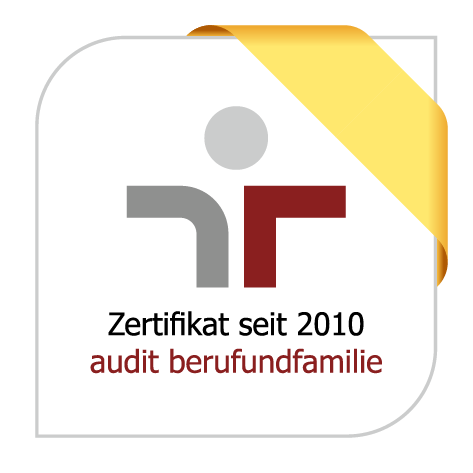Publications
For a housing debate that seeks land where it is needed. A commentary on the InWIS study “Housing Construction needs (more) land”
ILS researchers Sebastian Eichhorn und Angelika Münter have published a joint expert commentary in the journal “Raumforschung und Raumordnung | Spatial Research and Planning” together with colleagues from the German Institute of Urban Affairs (Difu) and the Leibniz Institute of Ecological Urban and Regional Development (IÖR). This commentary addresses the findings of the study “Housing Construction Needs (More) Land”, published by Institute for Housing, Real Estate, Urban and Regional Development (InWIS) at the Ruhr University Bochum and EBZ Business School Bochum on June 18, 2025, and criticizes the blanket demand for more and more building land as short-sighted. Instead, land for housing construction should be sought on a small scale and where it is actually needed. The entire article is available under the following DOI: https://doi.org/10.14512/rur.3425. Further current selected papers can be found here.
Walking in urban neighbourhoods − Insights from a mixed methods approach and citizen science in walkability research
ILS researchers Noriko Otsuka, Janina Welsch, and Anna-Lena van der Vlugt, in collaboration with colleagues, have published an article in the journal “Transportation Research Interdisciplinary Perspectives”. The article examines the complexity of walkability in three European cities based on the WalkUrban project. It focuses on the innovative citizen science method based Walking Route Assessment. The citizen-science led method played an important role in highlighting the areas for improving urban walkability, with photographic evidence. Cross-examination with the results from other methods (i.e. spatial modelling, household survey and walk-along interviews) provided deeper insights into people’s perceptions of their walking environment and routes on a neighbourhood scale. https://doi.org/10.1016/j.trip.2025.101588. Further current selected papers can be found here.
Large-scale resettlements in the face of solastalgia and solatium – The roller coaster ride of property rights in the Rhenish lignite mining area
ILS-researcher Michael Kolocek has published a paper in the journal “Cities”. The article summarizes the main findings of the Z³ research project („Zusammenhalthochdrei“) from the perspective of property rights theory. The study focuses on the land acquisition process in several affected villages and how residents were compensated for their losses. It critically evaluates whether the principle of social compatibility achieved its intended goals. The situation in these areas is unique, as some villages initially designated for removal were later spared due to revised mining plans. Two theoretical concepts are discussed: solastalgia, which describes the relationship between ecosystem health and human well-being and explaining the psychological impact of these turbulent experiences; and solatium, an international concept used to compensate for emotional distress and pain caused by losing one’s home. Although solatium does not exist in German law, the paper shows how stakeholders sought to mitigate economic and emotional harm through an innovative compensation approach combined with participatory measures. https://doi.org/10.1016/j.cities.2025.106273. Further current selected papers can be found here.
Framing the relationship between justice and ecosystem services: A systematic review
ILS researcher Barbara Schröter, in collaboration with several colleagues, has published an article in the journal “ecosystem services”. The article covers how justice is conceptualized in ecosystem services research. They identified five different framings, that each render different (in)justices (in)visible. The diversity of framings emphasizes the importance of considering multiple perspectives on justice. https://doi.org/10.1016/j.ecoser.2025.101755. Further current selected papers can be found here.
Integration Otherwise Inspiration Kit. A Guide for Practioners, Policymakers and Community Builder
Within the Horizon 2020 Project ReRoot, Cornelia Tippel, ILS-Scientist within the research group „Urban Social Space“ has co-authored the „Integration Otherwise Inspiration Kit“. The publication is a practical guidebook that centers bottom-up approaches on integration and moves beyond polarizing debates of newcomers failing to integrate or blames society as insufficiently welcoming. The authors introduce the concept of „arrival infrastructuring“, the interactive process through which newcomers, together with others, actively shape and transform their arrival situations. Through stories from the ground with concise takeaways, alongside tools for reflection and action, this guide equips practitioners, policymakers and community builders with a deeper understanding of the diverse forms of arrival infrastructuring, as well as the successes and challenges of everyday integration processes. https://doi.org/10.11116/9789461666758. Further current selected papers can be found here.
Maintaining mobility of older people in urban areas in the face of climate change. Empirical findings on percieved heat stress and potential adaptive behavior
ILS-Researcher Kerstin Conrad has published a paper in the journal “Zeitschrift für Gerontologie und Geriatrie” in collaboration with Susanne Penger from the University of Siegen. The article covers the perception of extreme heat by elderly people. It covers the results of a survey of 211 persons aged 65 to 92 years in Stuttgart. A cluster of vulnerability factors was discovered, which led to a strong reduction in out-of-home activities during high perceived heat stress. This reinforces the necessity of targeted heat protection and prevention measures in local heat action schemes. https://doi.org/10.1007/s00391-025-02456-y. Further current selected papers can be found here.
Segregation an Grundschulen: Strukturen und Praktiken institutioneller Diskriminierung
ILS researcher Isabel Ramos, in collaboration with Heike Hanhörster from TU Berlin, has observed different forms of institutional discrimination, which deepen school segregation and counteract the function of elementary schools as places of encounter between different population groups. For their recent paper in the journal „Berichte. Geographie und Landeskunde“, they interviewed experts and parents and analyzed the interplay between institutional structures and practices and segregation at school. They identified three dimensions of institutional discrimination in access to elementary school: the strategic goals of a school in handling segregation, the admission process and the profile development and information policy of a school. These factors prove to be subtle, but decisive facets of institutional discrimination, that co-produce and perpetuate spatial and educational inequalities. https://doi.org/10.25162/bgl-2025-0013. Further current selected papers can be found here.
Zwischen Networked Publics und Orten der Begegnung. Ein qualitativ-explorativer Beitrag zur Konzeptualisierung von Online-Nachbarschaftsgruppen
Simon Liebig from the ILS research group “ Urban Social Space” has published an article together with Jan Üblacker from the EBZ Business School in the journal “Berichte. Geography and Regional Geography“. The article examines online neighbourhood groups on various platforms as local communication spaces. Based on 20 interviews, the article analyses the extent to which spatial concepts shape the accessibility of these groups and how interactions are shaped under the conditions of virtual co-presence. The results show that online neighbourhood groups are to be understood as localized networked publics that are characterised by persistent contacts and a geographical location reference. The users’ ideas of space form the content-related communication framework, function as a symbolic connection between the group members and determine accessibility. https://doi.org/10.25162/bgl-2025-0016. Further current specialist publications can be found here.
A decolonial and participatory research approach to envision equitable transformations towards sustainability in the Amazon
Together with colleagues, ILS-Researcher Barbara Schröter has published an article in the journal „Futures“. They present three radical visions of the Amazon they co-created with 20 Black, Indigenous, and other Women of Color (BIWOC) from the Putomayo department in Colombia. Storytelling serves as a tool to capture the BIWOCs differentiated experience of the world and their collective emancipation from different forms of oppression. This way, western dominated imaginaries are challenged and decolonial practices incorporated in to sustainability transformation research. https://doi.org/10.1016/j.futures.2025.103638. Further current selected papers can be found here.
Ankunftsquartiere und -infrastrukturen
Nils Hans, resarcher in the ILS research group „Urban Social Space“ has published a contribution to the „Handbuch Stadtsoziologie“ together with Miriam Neßler from TU Berlin. They explain the concepts of arrival quarters and arrival infrastructures. These concepts provide a new angle to gasp the interplay of migration and urban development. They are an expression of a changing view on neighborhoods shaped by immigration and answers on current migratory dynamics, such as increasing diversity and changed immigration patterns. The concepts offer important perspectives for understanding and describing arrival dynamics and conditions. https://doi.org/10.1007/978-3-658-42419-0_12-1. Further current selected papers can be found here.













